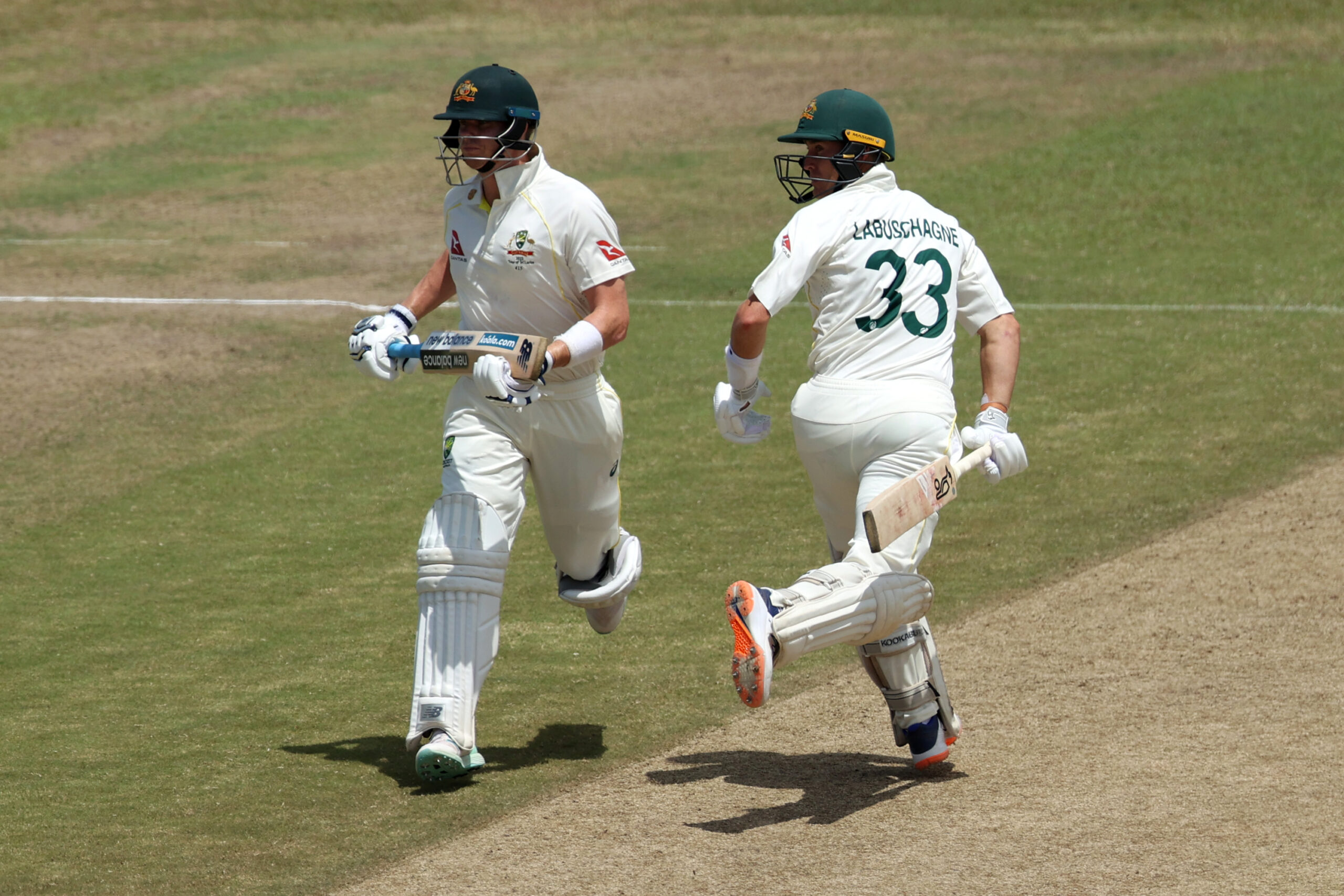In a January 2017 interview, Australian wicketkeeping great Adam Gilchrist gave an interview about the daunting task of facing India in their own conditions.
Simply put he said: "India can terrorise you in mind and physically, but it can treat you beautifully too. It's a real emotional roller-coaster on and off the field. But throughout the whole time there you've just got to have a positive attitude."
This is the Mount Everest that awaits a veteran Australian unit. One which comes onto Indian soil as having the greatest chance to win the series since the legendary side led by stand-in captain Gilchrist 19 years ago. There always seems to be the same lingering question as to why test nations, including Australia, can't win in India.
In simple terms, Indian pitches are tailor-made for their spinners.
A spinners paradise on pitches resembling a spider's web. Since India's first-ever home test series in 1933/34, the nation has lost only 18 of its 84 tests - a 78.6% winning record. Amongst its highly impressive record is the fact from its series loss to South Africa (2-1) in 1999/2000, India won an incredible 16 of 21 home series, including five draws.
As the eagerly anticipated series between the two proud cricketing nations draws ever closer, optimism amongst Australians is cherry ripe. A sense of David v Goliath ready to confront the tourists, but a challenge the team is embracing.
In recent years, the Australian men's test side has conquered many tricky obstacles away from their own backyard. Obstacles in the past years that clearly left a lot to be desired. Tracking back to the horrendous 2014 tour of the UAE against Pakistan where Australia were completely and utterly blown apart by the spin duo of Zulfiqar Babar and Yasir Shah (26 wickets combined). The pair made Australia look like an under-12s side facing a senior first XI.
Fast forward to last year and Australia flipped the script, beating Pakistan away from home under the leadership of Pat Cummins for the first time since 1998/99.
Remember heading into the 2019 Ashes on English soil? A sense of eagerness to win back the urn drove the Australians to defy the odds, most importantly breaking through in regaining the Ashes away from home since 2001. Now, the real test awaits. Beating India in India at their own game.

The test squad is similar to the team from six years ago. Although Usman Khawaja, Marnus Labuschagne, Alex Carey, Travis Head, Scott Boland and Cameron Green have never played a test in India. It's the ultimate quest in adapting to the spin-heavy conditions.
Currently in a rich vein of form after piling a combined 387 runs during the test summer against the West Indies and South Africa, Khawaja faces his sternest test. Though this shouldn't wave any fears for him after conquering the spinning UAE decks in the 2018 test series against Pakistan.
The first test in Dubai proved how he can comfortably play spin, scoring a match-saving 141 against the likes of Yasir Shah and Bilal Asif. He has come a long way in facing spin compared to his omission of the Sri Lankan series in 2016 and Bangladesh in 2017.
Travis Head, the counterattacking puncher now in the middle order, has found a blueprint for getting on top of spinners. Speaking to cricket.com.au during the Sydney test against South Africa after his 70-run 59-ball innings, Head elaborated on his approach.
"I feel like the way I played and how positive my feet were back and forth, it's a nice start, it's a nice blueprint," he said.
Although Keshav Maharaj and Simon Harmer are different spinners to what Head is going to face with Ravi Ashwin, Ravindra Jadeja, and Axar Patel - it instils confidence.
Labsuchagne, who has been a run-scoring machine since making his test debut in October 2018, will face arguably the biggest challenge of his career. His form against spin in the sub-continent is vastly below par. He has only one test century in the sub-continent against Sri Lanka, and coming into the series has only scored 400 runs in 12 innings at an average of 33.33.

Cementing his place as wicketkeeper, Carey will have a significant role to play at number seven. Already proven he can cash in (current batting average of 39.56), his aggressive stroke play could be potentially decisive. He only needs to look as far as the exploits of Gilchrist's knocks of 122 in the 2001 test in Bombay and 104 in the 2004 series in Bangalore.
The rest of Australia's batting lineup includes Steve Smith and David Warner, who both played in India in 2017. In particular, Smith who was the series leading run-scorer with 499 runs at an average of 71.29, including three centuries. If the former skipper produces another series blinder with the bat, Australia are every chance.
His longtime teammate, Warner, is having a lean trot, although his sensational double-century against South Africa in the Boxing Day Test is a potential form shifter. Warner didn't have a great time in the last Indian series, scoring only 193 runs at an average of 24.12. Australia desperately needs the pocket rocket to fire as he has done in the past against India.
Not since its last series win in India in 2004 have Australia been better poised with an array of spin bowling options. Led by star spinner Nathan Lyon, and the inclusions of young Victorian spinner Todd Murphy, Queensland leg-spinner Mitch Swepson and Western Australian left-arm spinner Ashton Agar, it's a pot of gold to choose from. Especially with the notorious spinning Nagpur wicket awaiting.
No need to tell the South Africans who completely got spun out by Ashwin and Jadeja in 2015.
Whilst Australia had the ultimate success 19 years ago with three frontline fast bowlers in Brett Lee, Jason Gillespie, and Michael Kasporwicz, and the legendary spin of Shane Warne - the selectors have their bowling options spot on for this series. Bringing four spinners aboard is the right call and will allow the selectors to be adaptable in choosing the right combination depending on the pitch conditions.
The moment of waiting is nearly over. Hefty expectations ride upon the next month for Australia's cricketers, and you feel after four lost Indian tours, number five might be the ultimate breakthrough for Pat Cummins' men.







